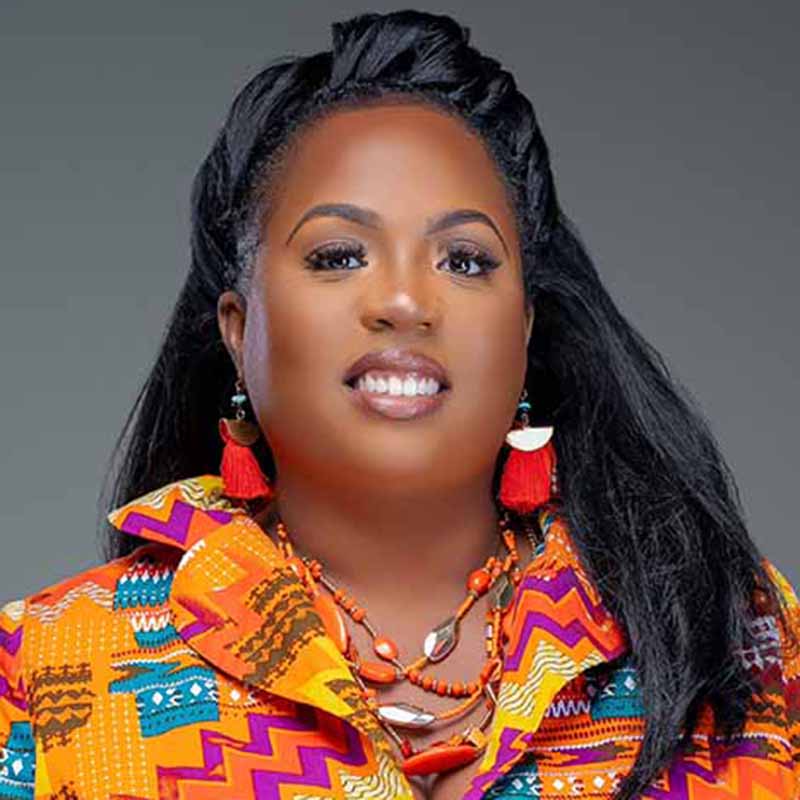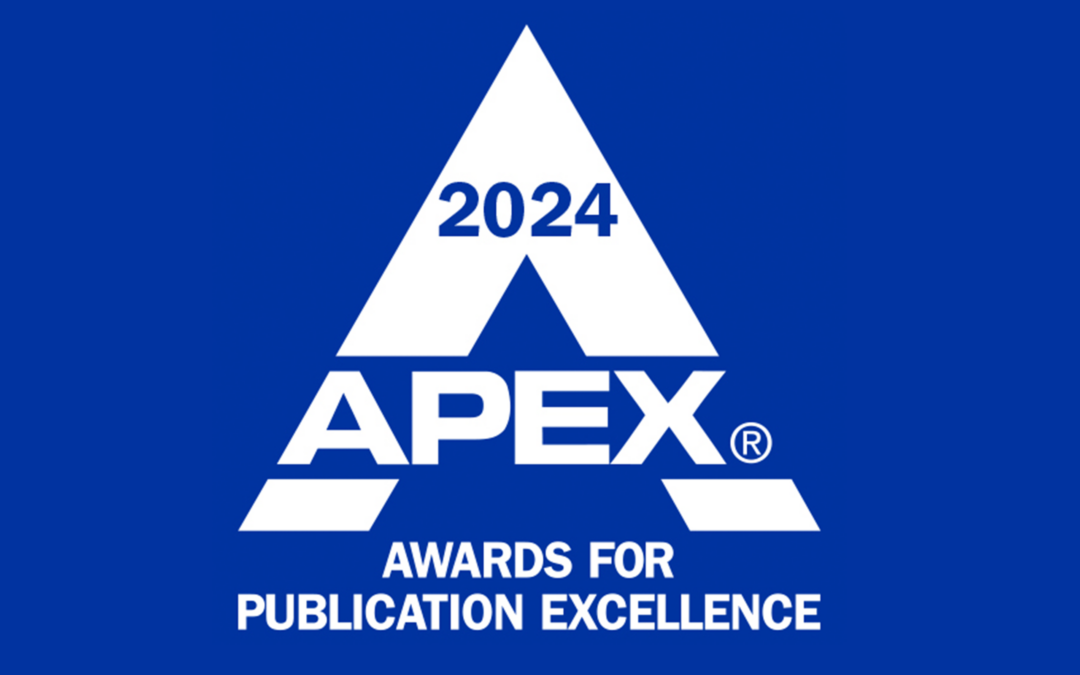Emoji-based communication can significantly enhance inclusivity in digital interactions where written communication often lacks the personal touch of face-to-face connections. By breaking language barriers, enhancing emotional expression, promoting accessibility, reflecting diversity, facilitating cross-cultural understanding, and encouraging engagement, emojis help create a more connected and empathetic world. As we continue to embrace and evolve this universal language, we move closer to a future where everyone can communicate and be understood.
One of the most notable benefits of emojis is the ability to convey emotions and ideas without words. In a globalized society where people speak thousands of different languages, emojis serve as a common visual shorthand that everyone can understand. A smiley face 😊 or a thumbs-up 👍 instantly communicates positivity and agreement, regardless of the language spoken by the sender and receiver. This universality helps bridge communication gaps and fosters a sense of connection among individuals from different linguistic backgrounds. Emojis also add a layer of emotional context to digital communication, making it more relatable and human. People express joy, sadness, sarcasm, or excitement using emojis in ways that plain text cannot. This enhanced emotional expression helps prevent misunderstandings and ensures the intended tone of a message is conveyed accurately, fostering empathy and understanding among communicators.
For people with disabilities, especially those with cognitive or communication challenges, emojis can be a powerful tool for expressing themselves. Emojis provide an alternative means of communication that can be easier to understand and use than traditional text. This inclusivity extends to people with limited literacy skills, who can use emojis to participate in digital conversations more effectively. Additionally, cultural differences sometimes lead to miscommunication and misunderstandings in digital interactions. Emojis mitigate these issues by providing a visual context that transcends cultural norms. While certain gestures or expressions may have different meanings in various cultures, the standardized nature of emojis helps create a shared understanding. For example, a heart emoji ❤️ universally signifies love and affection, regardless of cultural background, making it easier to convey sentiments across cultural boundaries.
To leverage emojis for inclusive communications effectively, be aware of potential cultural differences in emoji interpretation and use skin tone modifiers thoughtfully and consistently. Modern emojis include a wide range of skin tones, gender representations, and cultural symbols, allowing users to choose icons that reflect their own identities and experiences. This representation is crucial in making everyone feel seen and included in digital spaces. Avoid overreliance on emojis by using them to enhance, not to replace, clear communication. Consider accessibility when using emojis, especially in professional contexts, and stay updated on new emoji releases and their meanings.
As emoji usage evolves, we can expect more diverse and inclusive emoji options, improved integration of emojis in professional communications tools, and enhanced AI and predictive text features that suggest culturally appropriate emojis. These developments will advance the power of emojis as tools for inclusive communications. So, the next time you send a message, remember how emojis contribute to a more inclusive digital landscape.









